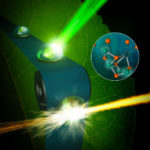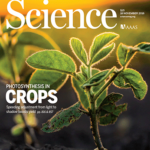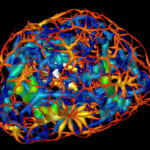Ke Xu, chemist faculty scientist in the Molecular Biophysics & Integrated Bioimaging Division, is a recipient of a 2016 Packard Fellowship for Science and Engineering. He was awarded $875K over five years for the development of tools to interrogate biological, chemical, and materials systems at the nanoscale with extraordinary resolution and sensitivity.
The David and Lucile Packard Foundation named 18 of the nation’s most innovative early-career scientists and engineers as recipients of the 2016 fellowships. The foundation established the fellowships program in 1988 to provide early-career scientists with flexible funding and the freedom to take risks and explore new frontiers in their fields.








